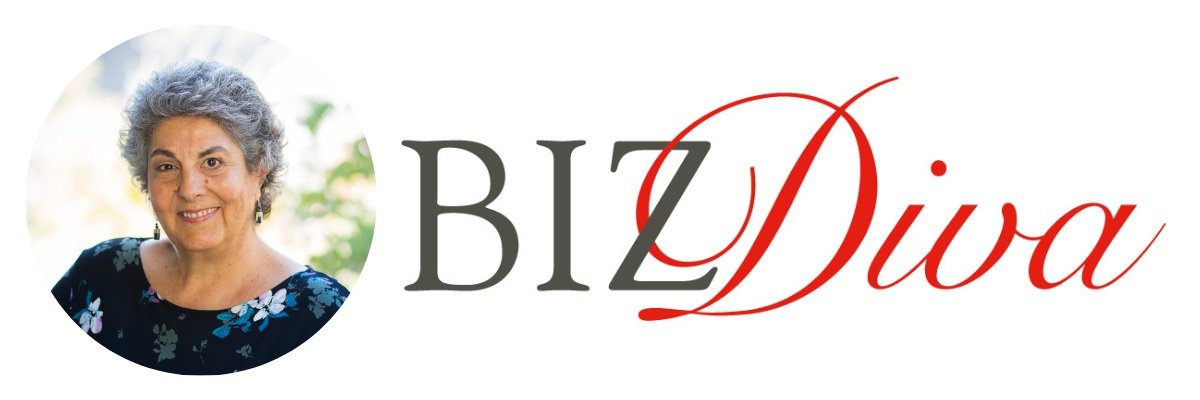Are You Leaving Money on the Table?
Money on the Table
My recovery from knee replacement surgery continues to be an upward trajectory and I am very pleased with my progress. It has been well worth the effort and I am now on the other side and looking forward to increased mobility. Although I am doing very well and feel good, I am finding it challenging to focus and write. If you have any topics you’d like me to cover or questions I can answer, please email and let me know what you’re thinking. I find it inspirational to respond to your requests. In keeping my commitment to stay connected, I am repurposing a blog I wrote last year. We all know that we need to hear the same things multiple times in order for new information to stick and for us to be motivated to take action. Leaving Money on the Table is an ongoing issue for women in business and I hope you’ll feel encouraged to consider your situation and how you might step more into your value and self-worth.
Are You Leaving Money on the Table?
If you offer your clients the world and only charge them for a continent you shouldn’t get upset when they start asking the world of you. As you’ve heard me say more than once, the only thing we can change is ourselves. As much as we’d like to blame the client who gets more (and more and more) without additional compensation, we have to step back and look at our own behavior. Ask ourselves, “Why didn’t we write a change order when the scope of the project shifted or at least have the conversation about how what they’re asking is above and beyond?”
It is common for women in business to under charge for their services. For many of us, backing down or retreating is our response when the client asks for more because we’ve already given so much (over delivered) and our story is that now they want even more - for free! This is often our initial reaction before we even know the client’s intention. When we think the client might be planning to pay, we still might tell ourselves we’re not sure and we might lose the client if we speak up; we consider all the bad things that might happen rather than stand in our professional power. When we are afraid to state the obvious or stop ourselves because the outcome is unpredictable, we are letting our fears run our business.
Most people, including your clients, will appreciate your clarity, decisiveness and a straightforward approach. If you are wishy washy and ambivalent you won’t come across as confident and likely your ideal clients won’t see you as the best person for the job. This is true across the board, no matter what type of business you have or what your clients do. Self-confidence goes hand in hand with setting good boundaries.
What can you do to establish clear boundaries?
1. Know what you do best, know what you want, know what you’re worth and stick to it! 2. Have all contractual agreements in writing. 3. Let the client know from the onset that if they want a change in the scope of the project/ agreement/ engagement you will submit a written update that includes additional costs and expenses related to the request. 4. Do not do the extra work until the client agrees to the change order. 5. Don’t assume the client is asking you to do things for free. 6. If you feel you are “getting a message” nonverbally, check it out before you react. 7. If a client asks for a discount or an additional service and you are willing to consider giving them what they want, don’t respond immediately to their request. Think about it and get back to them once you are clear this is the right thing for you to do. 8. Always make sure the client knows when they are getting a deal or a discount. This is best reflected in writing. The invoice is a good place to show what services/products they have gotten for free or at a discounted rate.
What are the most effective ways you’ve been able to set and to communicate your boundaries?

